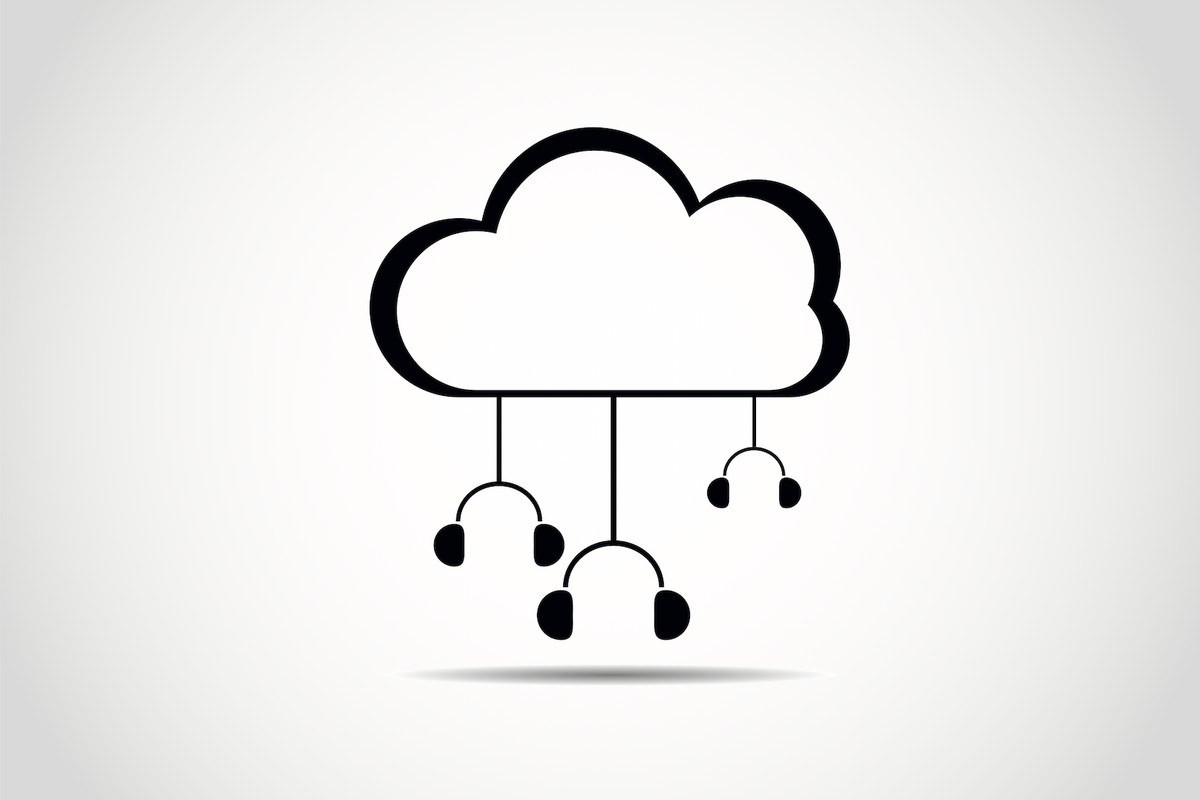Making a living from streaming has never been easy, but it just got a little harder.
Streaming royalty rates are not rocket science. You can learn rocket science, but understanding how
With all that in mind, it is hard to accept any figures given by a single party as indicative of all streaming deals. What may be true for them may not be the same for anyone else. Still, looking at data with all the information behind it understand can shed some light on the realities of streaming royalties in 2019.
David Lowery’s The Trichordist blog recently gathered information on streaming performance and payouts. The data detailed below is isolated to the calendar year 2018 and represents a mid-sized indie label with an approximately 250+ album catalog now generating almost 1b streams annually. from one mid-size label with 250 releases. Here are the top 10 streaming services based on the royalty rate they are paying:
| Rank | Name | Royalty Rate |
| 1 | Amazon Unlimited | $0.01175 |
| 2 | Napster | $0.01110 |
| 3 | Tidal | $0.00927 |
| 4 | Deezer | $0.00567 |
| 5 | Google Play | $0.00543 |
| 6 | Apple Music | $0.00495 |
| 7 | Amazon Digital Service | $0.00395 |
| 8 | Spotify | $0.00331 |
| 9 | Pandora | $0.00155 |
| 10 | YouTube Content ID | $0.00028 |
You can view a full list of services and streaming rates on here.
Writing about the current rates and changes, The Trichordist wrote:
The Spotify per stream rate drops again from .00397 to .00331 a decrease of 16%. Apple Music gains almost 3% for an total global marketshare of about just under 25% of all revenue.
Apple’s per stream rate drops from .00783 to .00495 a decrease of 36%. We need to state again, that 2018 saw a massive shift of revenues from downloads to streaming and no doubt this expansion of scale, combined with more aggressive bundling (free trials) as well as launching into more territories was bound to bring down the overall net per stream.
Apple Music still lead in the sweet spot with about 10% of overall streams generating 25% of all revenue (despite the per stream rate drop). Spotify by comparison has nearly triple the marketshare in streams than Apple Music but generates less than double the revenues on that volume.
The biggest takeaway by far is that YouTube’s Content ID, (in our first genuinely comprehensive data set) shows a whopping 48% of all streams and only 7% of revenue. Read that again. That is your value gap. Nearly 50% of all recorded music streams only generate 7% of revenue. Apple Music and Spotify combined account for just short of 40% of all streams and 74% of all income.
Readers should also keep in mind that we as consumers don’t fully understand the cost of operating these platforms. One can argue that artists should make more for their music, and we fully agree, but we also admit to not fully knowing the cost involved with offering on-demand streaming of virtually all recorded music to hundreds of millions around the world. Spotify, for example, has thousands of employees operating in offices around the planet, as well as hosting fees, marketing costs, and development work.
The information above may be disheartening for many independent artists and smaller labels, but that’s not the worst of it. There seems to be no means for those outside the major label systems to negotiate their streaming deals with any of the bigger platforms. That could change if the rates grow even worse, or if a group of artists chooses to band together, but at this point, we know no such efforts in the music ecosystem.
Some can argue that participating in these platforms is not a requirement, which is true, but that idea reveals a key misunderstanding of how the music industry works in 2019. Artists may not be required to share their music on streaming platforms, but those who choose to avoid them altogether have an incredibly difficult journey toward recognition ahead of them. Streaming is now the primary way people stream music, and most listeners do so through one of the portals mentioned in this article.
With streaming’s dominance likely to continue for the foreseeable future, not agreeing with the royalty rate offers made by streaming services is not a viable option for the vast majority of performers. So, what can be done?
If you have a solution, or if you have information related to this story that you feel should be included, please email james@haulix.com. We would love to hear from you.

